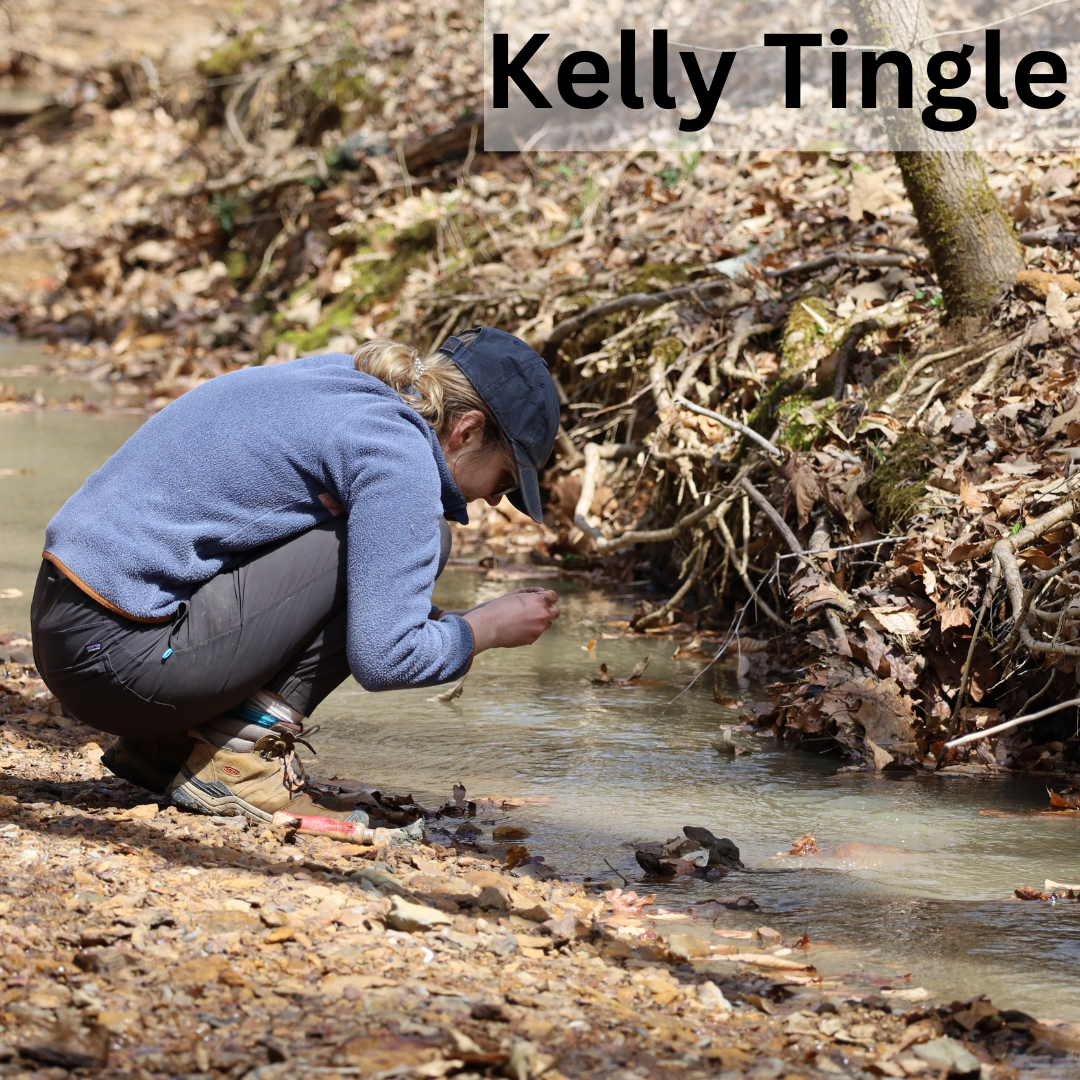Paleontology Graduate Student Uncovers Lessons from Microfossils of the Grand Canyon
By Dr. Andy Flick Evolutionary Studies scientific coordinator
 Kelly Tingle, graduate student in Simon Darroch’s lab (Earth and Environmental Sciences), just published a new first-authored article outlining some exciting discoveries related to microfossils found in the Grand Canyon. Vase-shaped microfossils were amoebae that exist worldwide and can provide some insight into early life on Earth. The new work, “Organic preservation of vase-shaped microfossils from the late Tonian Chuar Group, Grand Canyon, Arizona, USA” was published in the journal Geobiology. These microfossils were single-celled amoebae less than one millimeter in size.
Kelly Tingle, graduate student in Simon Darroch’s lab (Earth and Environmental Sciences), just published a new first-authored article outlining some exciting discoveries related to microfossils found in the Grand Canyon. Vase-shaped microfossils were amoebae that exist worldwide and can provide some insight into early life on Earth. The new work, “Organic preservation of vase-shaped microfossils from the late Tonian Chuar Group, Grand Canyon, Arizona, USA” was published in the journal Geobiology. These microfossils were single-celled amoebae less than one millimeter in size.
The rock formation that the fossils came from dates back to the Tonian Period of the Neoproterozoic era roughly 750 million years ago. The team, including Tingle’s former M.S. advisor, Susannah Porter of the University of California in Santa Barbara, set out to test if the material in and around these microfossils was original to the fossils or from a later date and how the organisms were fossilized.
According to Tingle, these results may help in the search for the very earliest of soft bodied animals; “VSMs were very small and made from organic material that may be quite difficult to preserve under normal circumstances. Understanding what conditions can promote such preservation can help narrow ‘search windows’ when looking at rocks in search for new microfossils. This is especially important when considering the search for the earliest animals, which were likely small and made of decay-prone, soft, organic material.”
The team found that this particular set of microfossils is somewhat unique. Specifically, they found that sulfide-rich and iron-poor conditions led to pyrite replacing the original carbon material of the microfossils. The pyrite was then oxidized and became jarosite. The team believes that their results indicate that pyrite replaced the original form of carbon, which was the organism itself. They believe that these results lend support for a potentially widespread distribution of organic vase-shaped microfossils. However, these fossils may be overlooked as Tingle explained that most Precambrian organic microfossils are brown or dark brown.

Tingle’s work in microfossil preservation continues at Vanderbilt. She added, “My research at Vanderbilt is broadly focused on early eukaryotic evolution and the ways in which early eukaryotic microfossils are preserved. Preservation processes can bias the way we interpret the fossil record and consequently influence our understanding of eukaryotic evolution.”
Her love of paleontology was fueled by a professor at a California community college. The community college professor encouraged Tingle to look at programs at UCSB, which led Tingle to Porter’s research. Being able to do research with Porter in the Grand Canyon was also a major selling point!
Citation: Tingle, K.E., Porter, S.M., Raven, M.R., Czaja, A.D., Webb, S.M., Bloeser, B. 2023. Organic preservation of vase-shaped microfossils from the late Tonian Chuar Group, Grand Canyon, Arizona, USA. Geobiology. Early View. https://onlinelibrary.wiley.com/doi/full/10.1111/gbi.12544
Funding Statement: Samples were collected from unceded lands of the Kaibab tribe of the Southern Paiute people. Tingle acknowledges funding from the Department of Earth Science and Interdepartmental Graduate Program in Marine Science at University of California, Santa Barbara (UCSB) and from the Clay Minerals Society. Porter acknowledges funding from the National Science Foundation Grant/Award Number: EAR-1855092. Czaja acknowledges funding from NASA and the National Science Foundation Grant/Award Number: EAR-2029521. Use of the Stanford Synchrotron Radiation Lightsource, SLAC National Accelerator Laboratory, is supported by the U.S. Department of Energy, Office of Science, Office of Basic Energy Sciences under Contract No. DE-AC02-76SF00515. The SSRL Structural Molecular Biology Program is supported by the DOE Office of Biological and Environmental Research, and by the National Institutes of Health, National Institute of General Medical Sciences (P30GM133894).
